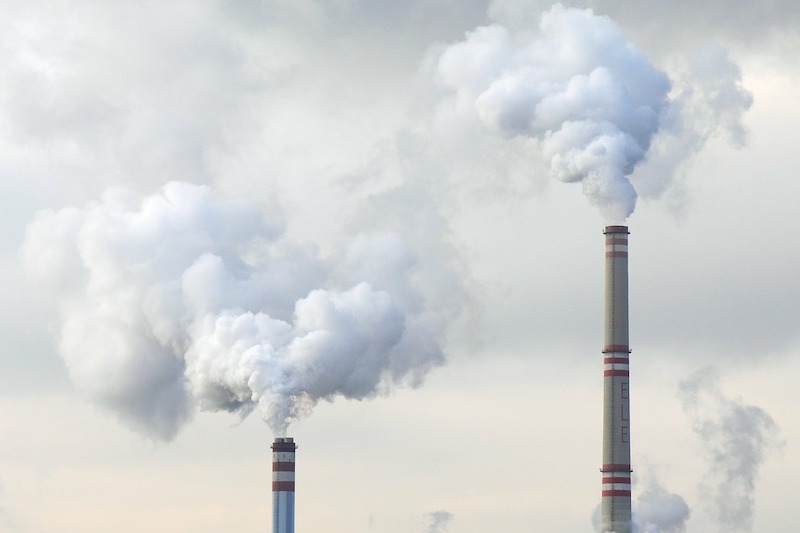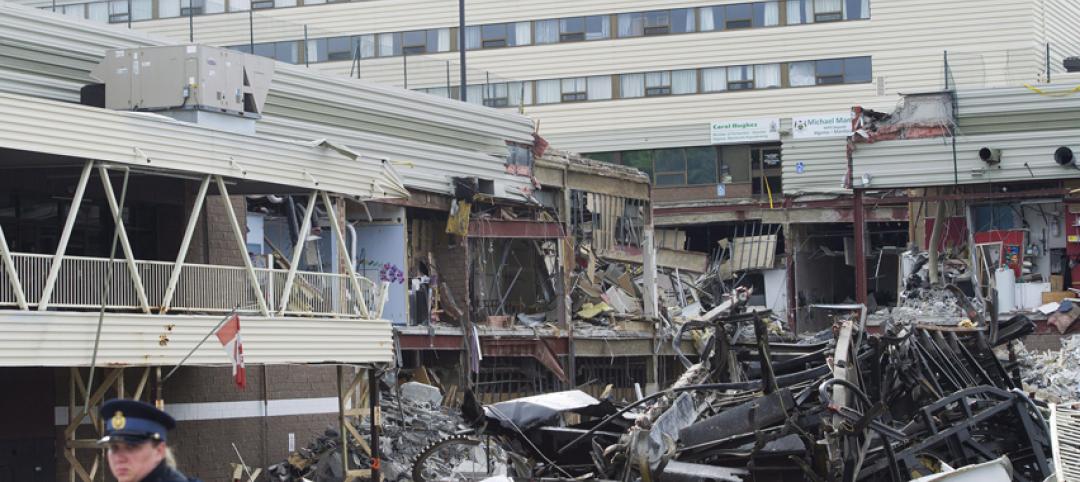Most of the 10 states that rely the most on natural gas or propane for heating and cooking have ambitious climate goals.
Some aim to reduce greenhouse gas emissions by as much as an 80% by 2050. “Combustion emissions produced within these jurisdictions suggest it will not be possible to meet climate goals without immediate and durable action on building fossil fuel use,” according to an article by the Rocky Mountain Institute.
Natural gas along with smaller amounts of oil and propane in buildings accounts for 10% of total US economy-wide emissions. Just 10 large states—most of which are in the Northeast— are responsible for 56% of those emissions.
Switching from fuel oil to gas reduces a home or business’s emissions by about 27%, or around 16% for propane. That’s not enough to reach carbon emission reduction goals. That means homes and businesses will have to switch to electric heat pump technology powered by electricity from renewable sources if states’ climate goals are to be met.
Related Stories
| Jul 5, 2012
Roof membrane could have prevented roof parking deck collapse, specialist says
The collapse of a section of a roof parking deck at the Algo Centre Mall in Elliot Lake in Ontario, Canada could have been prevented if the structure had a membrane, according to a concrete expert and specialist in structure analysis at McMaster University.
| Jul 5, 2012
New Joplin, Mo. hospital being built to withstand tornado that destroyed predecessor
After the May 22, 2011, EF-5 tornado destroyed St. John’s Regional Medical Center in Joplin, Mo., architects and engineers analyzed how the nine-story structure reacted to the storm.
| Jul 5, 2012
Continued tax breaks necessary for widespread adoption of net zero buildings
Tax breaks passed by the U.S. government to encourage construction of green buildings are set to expire in 2012 and 2013.
| Jun 28, 2012
Six buildings now recognized under Living Building Challenge
The Living Building Challenge (LBC), a green ratings system for design and construction that judges a building based on its actual performance, not just its projected performance at the design stage, has recognized six buildings to date.
| Jun 28, 2012
Label for building products will have ‘global warming number’
The director of the 2030 Challenge for Products says that the organization is aiming to place a label on building products that will list what’s in it, and how much embodied carbon each product represents.
| Jun 28, 2012
Top building material executive urges building resilience in sustainability standards
A meeting of 1,000 business executives at the recent Rio+20 environmental conference featured a passionate plea to include building resilience in efforts to boost sustainability.
| Jun 28, 2012
Following spate of skyscraper balcony glass panel breakages, Ontario adopts code change
Ontario's housing minister announced new building code rules to help prevent glass panels from breaking off high-rise balconies during hot weather.
| Jun 28, 2012
Factory worker deaths in Italy raise questions on building codes after earthquakes
Italian officials are questioning seismic building standards and inspection procedures in the aftermath of two damaging earthquakes.















